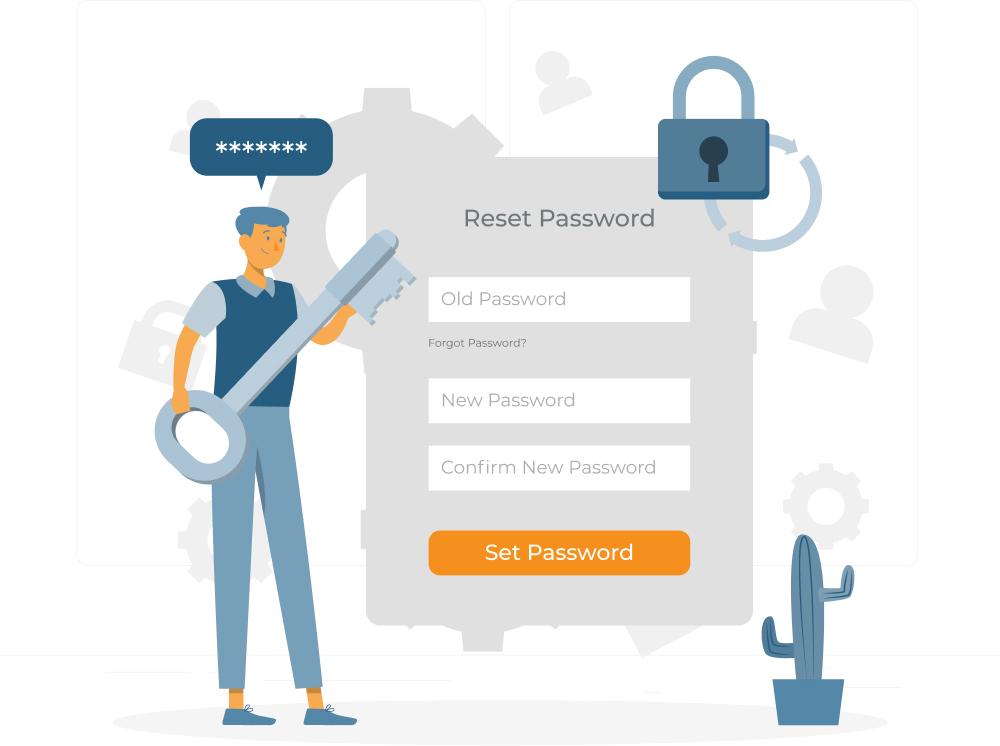Research by the International Workplace Group shows that 72% of office workers prefer a hybrid work arrangement rather than a pay rise. A mix of working from home and the office would have a positive impact on creativity, solving problems and building relationships. The work-from-anywhere model is not a perk anymore – it has become a requirement to attract and retain top talent in this day and age.
There’s no going around it – hybrid working is catching on. It’s cost effective, productive and environmentally-friendly. However, getting hybrid right is not easy. Deciding who works from the office and how often is not straightforward and it is not a one-size-fits-all approach. The wrong approach could threaten the culture, collaboration and creativity. Building and maintaining the hybrid culture that works for you and your employees is not easy.
 If companies are more intentional about initiating and stabilising this change in workplace culture, and proactively seek to improve, teams can build a strong hybrid culture that lasts and reap its many benefits. Organisations who will come out on top are aware that workplaces should be designed for people – not robots and the resiliency of such companies will help them advance, learn through their mistakes and remain competitive.
If companies are more intentional about initiating and stabilising this change in workplace culture, and proactively seek to improve, teams can build a strong hybrid culture that lasts and reap its many benefits. Organisations who will come out on top are aware that workplaces should be designed for people – not robots and the resiliency of such companies will help them advance, learn through their mistakes and remain competitive.
Here are a few tips on how to build this hybrid culture and, more importantly, how to maintain it!
Bridging the gap
Any team manager who has experience with remote working will tell you that connecting remote and in-person workers is difficult and hybrid work will mean that someone will inevitably be working remote at some point or other. Remote workers may feel disconnected and frustrated as they might be unable to participate equally and might become less engaged. For creative and innovative work, this is especially true – for brainstorming exercises, group sessions and so on.
The solution: integrate physical spaces with virtual. Be fully aware of the functionalities of remote software – such as ‘raise your hand’, reactions and chat for people both in the room and remote. A suggestion would also be to leave a seat and assign a screen to each remote worker in a conference room, rather than a single screen with small boxes for all the remote participants. This equalises the experience. Another tip is to intentionally be inclusive. Do not accidentally (consciously or unconsciously) give perks to people who work full time from the office. This will create an imbalance. Having an additional Slack channel for “watercooler” conversations would maintain relationships among workers – whether remote or in-office.
Monitor engagement
Make sure communication is clear. Does hybrid mean come in whenever or is there a clear schedule set? It can also mean that for a particular project you need to be in the office but otherwise you can work from home. All are feasible options but the most important thing is to be clear. The second step would be to have a good handle on employee morale. Understand what gets them down and if there are any issues. Send anonymous feedback forms and have managers schedule one-to-one meetings regularly to ensure you understand what your employee may be going through. It’s not enough to seek feedback however, communicate your findings, seek ways to remedy problems and admit to any shortcomings.
Balance collaborative and individual work
Probably one of the reasons why the hybrid-work model is so popular is that it allows for an ebb and flow of team work and individual work. When teams meet up for a brainstorming session, individuals will possibly then need the solitude and peace and quiet to work on their part, allowing them to focus individually and come back to the team with even better ideas. It’s important to keep this in mind, also when designing spaces. Office spaces that are all about group work will result in groupthink – and no one wants that. It dampens creativity like no other.
One reason why some workers work better from home is that the home allows them to work without interruption. Something which may be lacking in a large open space office. Working from home also allows you to step away from your desk when you want to, not because you have to or when the time is right. This allows for individuals to adjust according to their needs, whilst getting their work done in the best possible way.
Whatever you do, mean it!
Avoid taking a ‘wait and see’ approach. Do not take decisions like this out of necessity. Have a plan in place and do it with intention. There should be a major mindset shift here, it’s not only about logistics. Employers would need to rethink the entire employee experience and understand where there may be setbacks and design around them. You must take a blank slate approach to shifting to hybrid. Rather than simply moving what you did in office to remote, you must think in a remote-first manner. Think about why you might want your employees in the office – perhaps to collaborate or to connect and purposefully make sure that office days are all about that – not about shifting what is done at home to the office, and vice versa. Understand the strengths of both and work with them.
Do this by creating collaboration opportunities, encouraging cross-team feedback (so individuals understand how their work ties in with the rest of the organisation) and invite employees to be part of the company’s policy making and remote meeting guidelines.
Hybrid working is here to stay and it’s time for companies to make it work across the board. Successful hybrid work cannot happen by accident. It should be a proactive process that is inclusive and intentional. That way you will reap the many benefits of the hybrid work culture.

